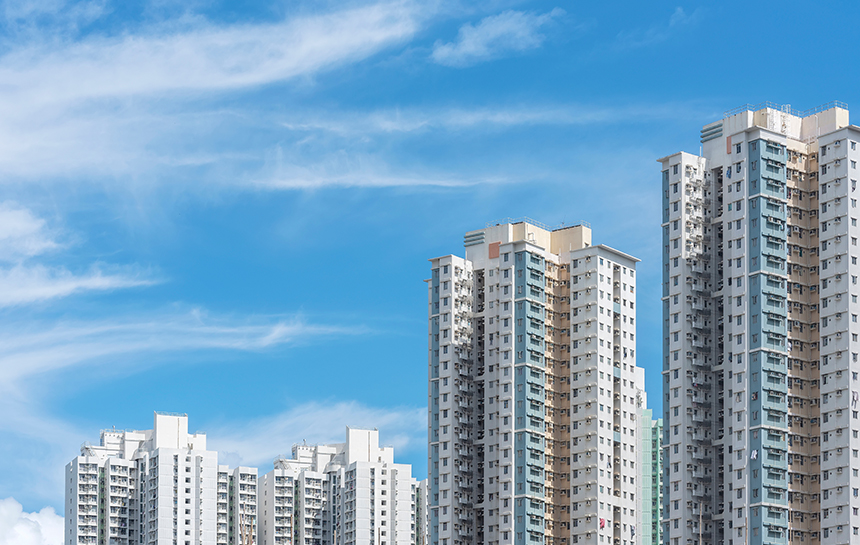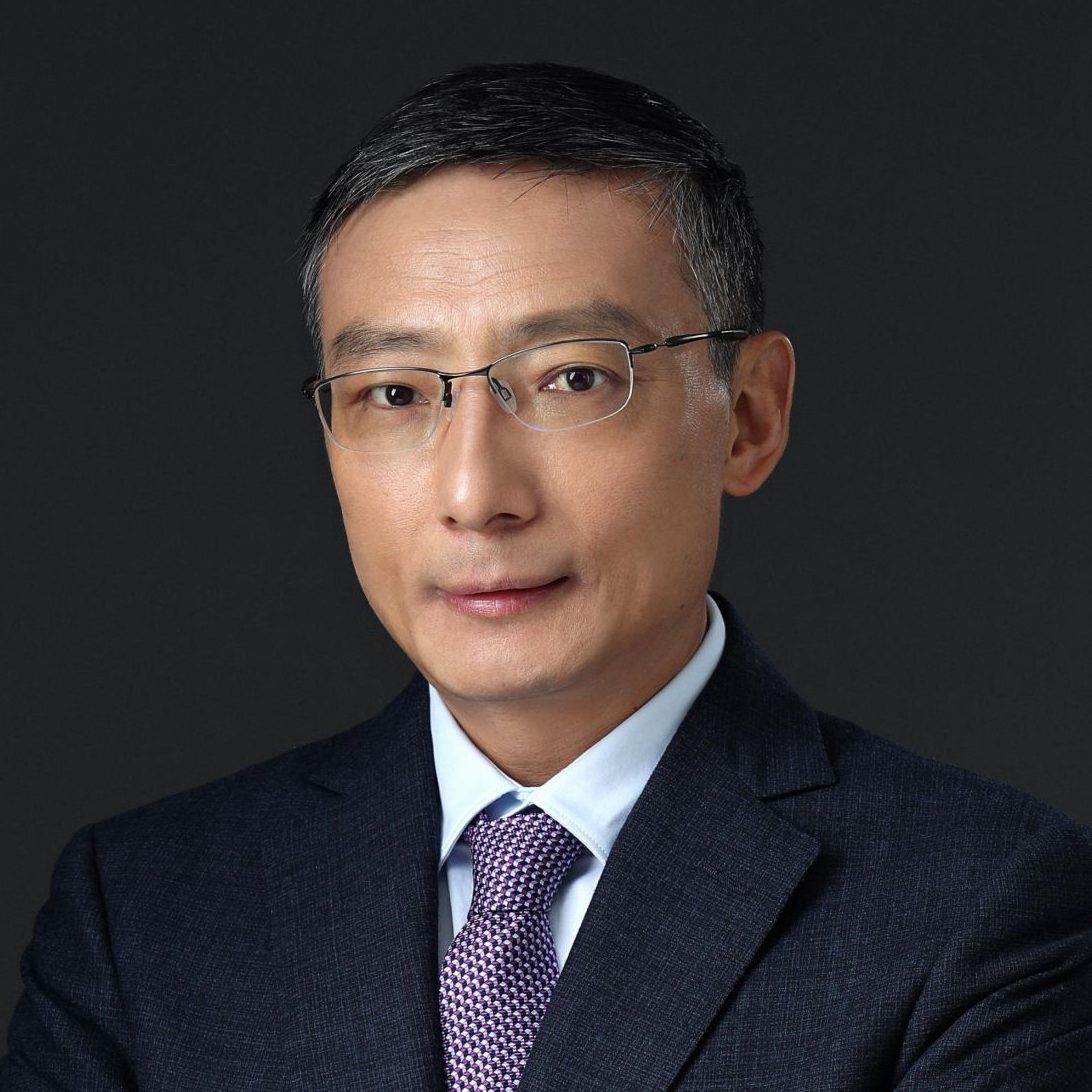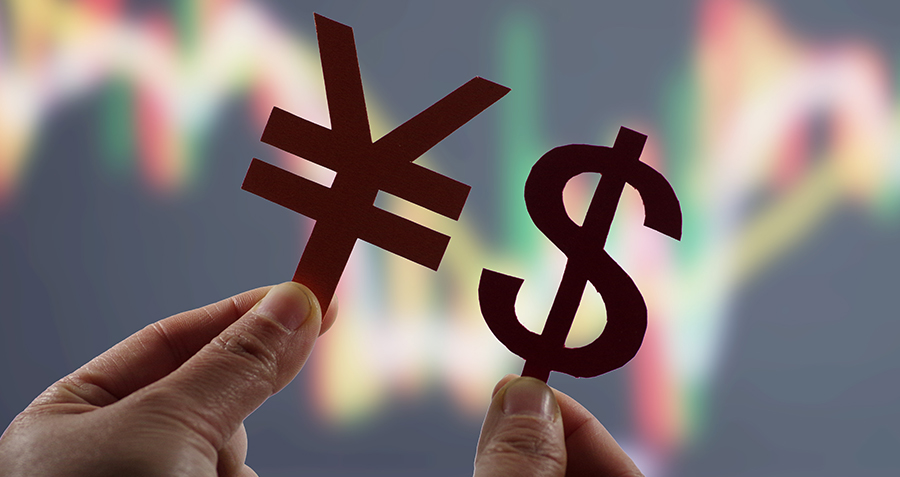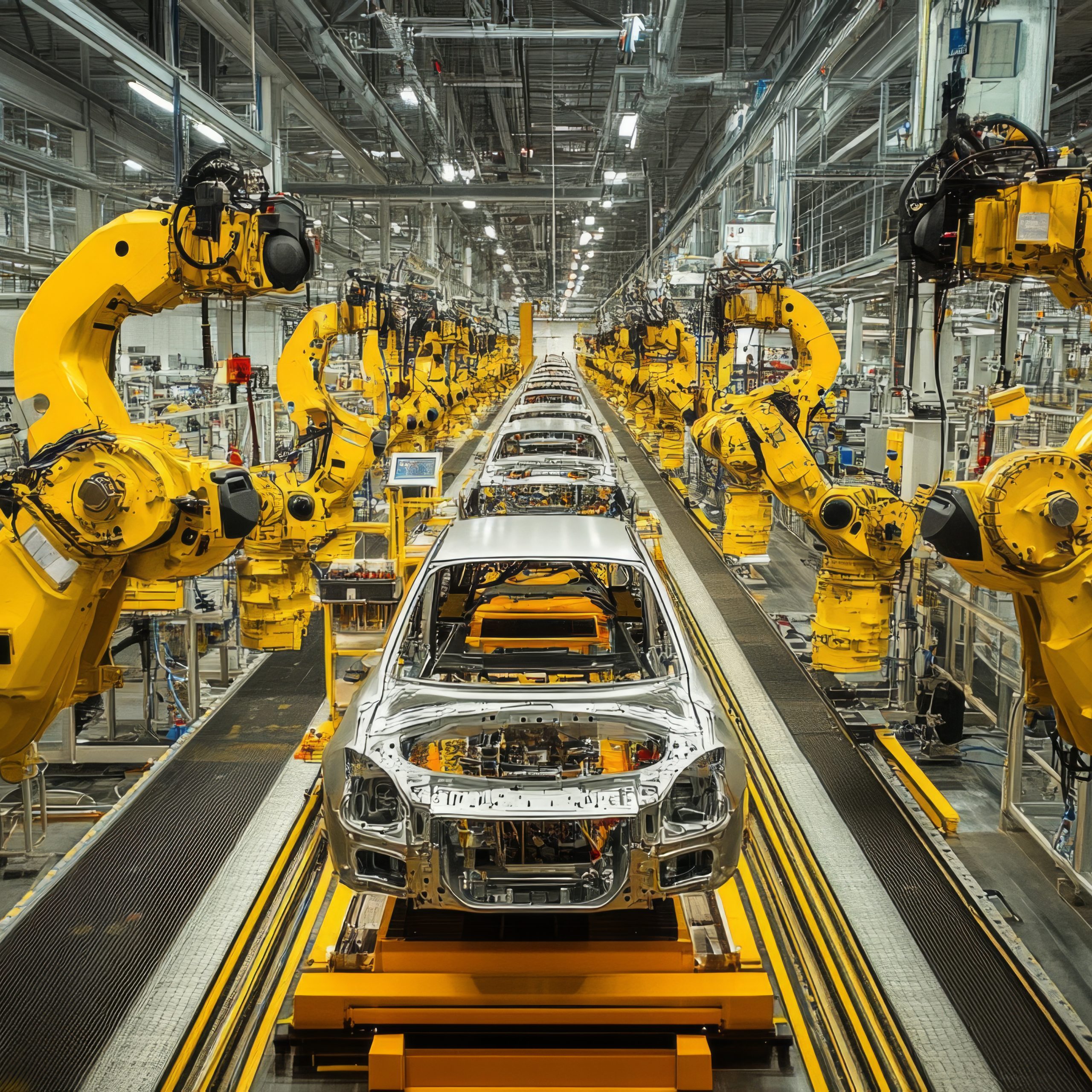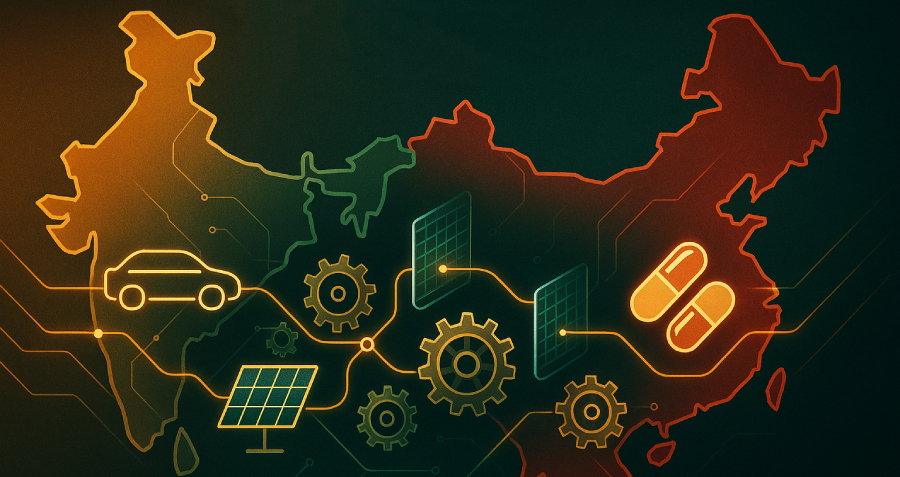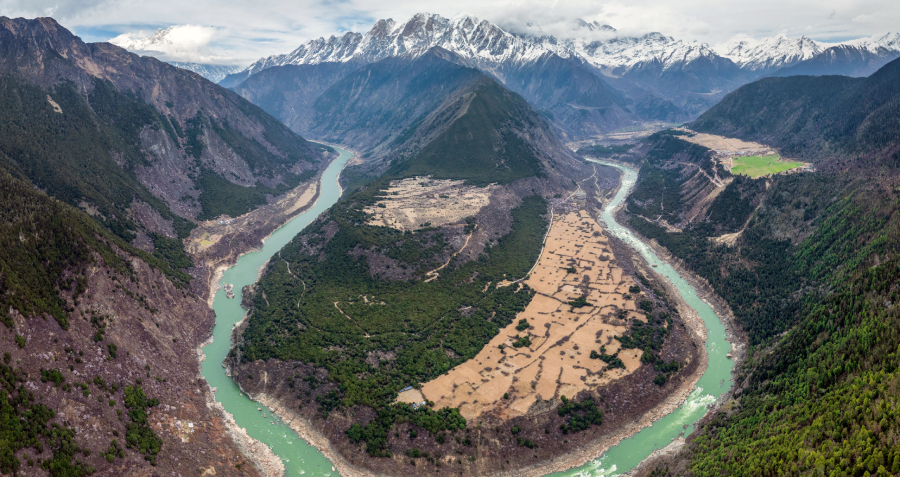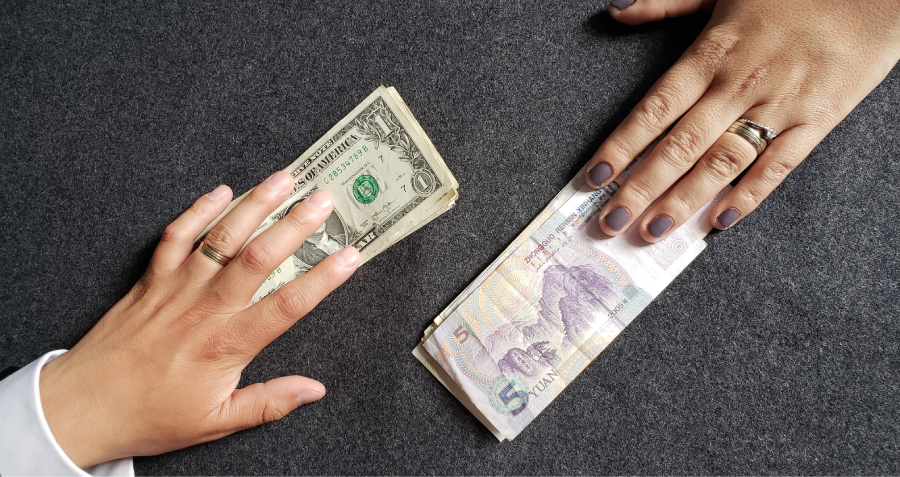Evergrande no longer generates news that can shock the market.
The point of this article is not to throw insult after injury. On the contrary, it harbors no ill will towards Evergrande. For a long time, real estate was the most important industry in China’s economy, and an essential facet of society. We’re not saying it was “among the most important” either. But now real estate, as an industry, is in real trouble, and the country’s biggest developers are in crisis, Evergrande chief among them. Regarding real estate issues, society has been up in arms for ages. When housing prices soared and the industry was on the up, the debate centered on asset bubbles and the affordability of housing for ordinary people. Now everyone is talking about how real estate is driving today’s economic downturn, what to do about mortgages, and whether they should be suspended for property buyers whose homes are unfinished.
Housing prices are neither rising nor falling. Faced with this awkward situation, we need to step away from the debate, and consider in a state of relative calm what is really wrong with China’s real estate industry? How can China escape from its current economic predicament? From this perspective, turning Evergrande’s problems inside out will bring us valuable insight.
Three bottle caps for ten bottles
The saying that “it takes more than one cold day for the river to freeze three feet deep” is highly applicable to Evergrande.
Evergrande’s current crisis is the result of its business model. We could go as far as saying it is in the company’s genes.
Running a business and developing it requires funds. For any small company, funding bottlenecks are a key obstacle to growth. How can such an obstacle be overcome? There are two ways. One is to rely on internally driven development to gradually accumulate funds. Let’s call this growth model an endogenous growth model. The other is to rely on external financing to accumulate funds for development. Let’s call this growth model an exogenous growth model. The two each have their own advantages and disadvantages, with on such thing as one being better than the other. Which model to adopt depends on a company’s specific situation. Generally speaking, the endogenous growth model is slower, and comes with a lower operating risk; the exogenous growth model develops faster, but at greater risk.
For companies with mature business models, stable operating conditions, and abundant cash, that are growing slowly, endogenous growth is the best fit. The exogenous growth model is more suitable for companies for which a business model is not set yet set in stone, whose operating conditions fluctuate greatly, and whose cash flow is insufficient, but for which development is rapid. In other words, mature companies should rely on their own funds to develop slowly, while emerging companies should press for external financing to achieve rapid growth. The next question is: Which one is more suitable for Evergrande, the endogenous growth model or the exogenous growth model?
The author’s answer to this question is: In the early stage of development, the exogenous development model suited Evergrande well, but when the entire industry began to mature, it should have switched to an endogenous model. Real estate is important for any country, but it does not have to be a fast-growing industry.
The housing system under the planned economy could not adapt to economic conditions arising from China’s reform period, giving commercial housing a chance to rise. In the late 1990s, mortgages began to appear, adding to people’s purchasing power. With rapid economic growth, incomes rose, and loans gave people a voice when deciding to improve their living conditions. The demand for commercial housing exploded, and in this environment Evergrande was born. It can be said it was born at just the right time.
The early development of Evergrande saw one success after another, and this was what gave rise to its successful yet doomed business model.
In the era of great development of commercial housing, a large number of fast-growing real estate developers emerged in China, but of all of them, Evergrande grew fastest. It carried out large-scale purchase of land, rapid development, fast sales and rapid collection of fees. The author believes that at its core, Evergrande operated by leverage. Evergrande raised funds from almost all possible channels in the course of its operations, and made every effort to reduce capital expenditure, so as to make a small fortune. For example, Evergrande allowed construction party to advance funds in the process of building a house. This kind of operation magnifies the leverage that Evergrande could then use to the extreme, letting it achieve higher scale growth, higher revenue growth and faster turnover. Under this rapid pace of development, Evergrande became a leading developer in the space of less than 30 years.
Evergrande’s high leverage business model has brought about rapid growth for the company, but it could only continue to function if two necessary conditions were met. One was overall real estate development, preferably at a rapid pace. This is what Evergrande encountered in the early days. In a high-growth market, as long as a house is built, no one needed to worry about it selling, as housing prices were constantly rising. Housing was not just a consumer product, but also an investment product, which increased market demand. Secondly, developers had to have high operating efficiency, and returns on investments had to be higher than the cost of financing. Evergrande’s strong execution ability and quick actions allowed it to develop multiple projects at the same time. The fast operation mode generated sufficient returns to cover for the company’s various costs. Both conditions were indispensable in Evergrande’s business model. But if either was lacking, the game would be up for Evergrande. Its high leverage would change from being a key element fueling high returns to a core reason for decline.
Chinese enterprises, especially private enterprises, generally adopt a high-leverage development model as they grow, especially in the early stages. This is where the saying “seven caps for ten bottles” comes from. However, as they grow to maturity, and importantly for the sake of risk control, their leverage ratio will tend to decrease, gradually becoming “nine caps for ten bottles”, or even “ten caps for ten bottles.” Evergrande was different in this regard. Firstly, Evergrande was very aggressive in its use of leverage. It started with the equivalent of just three caps for ten bottles. Before things began to go drastically wrong, its leverage ratio was not significantly reduced as a way to control risks, which means that Evergrande operated long-term in high-risk mode. Once one of the two necessary conditions mentioned above failed, Evergrande was struck a heavy blow. When the wind changed direction, Evergrande could not withstand the pressure.
Evergrande springs back to life with the
4 trillion yuan stimulus package
The above section has analyzed how Evergrande’s operating model is tied to its fate, but we still have an unanswered question. Why is Evergrande having problems only now?
It is not the first time Evergrande has been in danger. In its short lifespan, Evergrande has been in hot water more than once. The trickiest moment of all was not 2021, but 2008.
Evergrande’s crisis in 2008 and the subsequent reversal of its prospects can indeed be seen as a rollercoaster. In March 2008, Evergrande sprinted to list in Hong Kong. At that time, the popular valuation model for real estate developers in the Hong Kong capital market was the net asset value method (NAV). This was a complicated method that led to a certain consequence: the more the developer accumulated land, the higher its valuation.
To gain a higher valuation, Evergrande, which was already operating aggressively, chose to add fuel to the fire. According to media reports at the time, in 2007, Evergrande Real Estate’s land reserves increased nine-fold compared with 2006, reaching 45.8mil m2 in March 2008, at the point of going public. This expansive land reserve, second only to Country Garden’s, was nearly twice that of Vanke.
At the same time, in January 2008, when most real estate companies were shrinking from their competitive advances and withdrawing from “bidding, auctioning and listing” land, Evergrande went against the market and won a plot of land in Yuancun, Tianhe District, Guangzhou for RMB 4.1 bil, equivalent to a floor price of RMB 13,016 per m2, making it Guangzhou’s new “Land King”.
Evergrande was not to be so lucky in the aftermath of this move. Affected by factors including the US subprime mortgage crisis, the mainland’s credit crunch, and compounded by real estate regulation, it stepped back from its listing plan on March 20, 2008. Evergrande has accumulated huge debts through land purchases and had hoped to reverse its debts through listing. Its failure to do so suddenly pushed Evergrande into a desperate situation, in which its capital chain was in jeopardy.
Just when Hui Ka Yan and Evergrande were struggling, the situation changed fundamentally with the RMB 4 trillion stimulus package, introduced in November 2008. When once developers had only regulations and anti-inflation policies to worry about, now they were backed up by 4 trillion yuan, in the largest economic stimulus plan of recent years. Real estate regulation and control reversed 180 degrees, and developers ushered in their own “white knight”. Under such circumstances, Evergrande, which had expanded aggressively and stage, gathering vast amounts of risk, became one of the biggest winners of the policy change. The policy change even encouraged Evergrande’s risk-taking behavior.
Going back to the question posed at the beginning of this section, why is Evergrande having problems now? Evergrande already encountered a crisis in 2008. It avoided downfall then, not because of superb business skills, but because of a macroeconomic policy shift. The real question is why has Evergrande not fallen into crisis until today?
Not too late
At Evergrande, outstanding managerial skills may not be a sufficient condition for success, but what is essential is supportive macroeconomic policies. This is behind the real estate industry’s rapid development and its willingness to take ever greater risks. Every time the real estate industry falls into a downturn, developers count on the government to rescue the market, and this often turns from expectation into reality. This cycle rewards developers who expand aggressively, Evergrande chief among them. Basic principles of economics tell us that people respond to incentive. Under such an incentive mechanism, Evergrande’s risk-taking behavior, especially using other people’s money to move forward, has been rewarded time and time again. As this keeps working, who cares about the risks that gather? So, we can see that Evergrande is not the only real estate developer involved here, but one of a large number, of which Country Garden is the latest to suffer a demolition of stocks as debts mount.
Evergrande was once a star among China’s developers, developing fast enough to dominate the national scene. But, according to Evergrande’s own figures, as of the end of June 2023, its total assets and liabilities were 1.74 trillion yuan and 2.39 trillion yuan respectively, leaving the company basically insolvent.
The past cannot be taken back, but the future still holds choices. As real estate rose, we were all too lenient with the most aggressive and risk-taking developers, allowing them to accumulate wealth without end in sight. The author does not advocate deliberate suppression of real estate developers, especially private real estate developers. To do so, we would have to go from one extreme to the other, and that would be a case of too much, too late.
From the example of Evergrande, we can clearly see we need to establish a long-term real estate regulation mechanism and a stable environment for the property market. This would see developers compete with each other based on their capabilities in order to determine the final winner, instead of blindly comparing who is bolder or more adventurous.
The author does not believe that Evergrande’s predicament is because it is a private enterprise, but because it takes too much risk. We should oppose excessive risk-taking in the industry, and its not just about property ownership. Regardless of whether state-owned or private, companies should be treated equally. Whoever takes excessive risks should be punished by the market.
If we had stood our ground and let Evergrande go bankrupt in 2008, it would not have such a large volume today, nor would it pose such a big threat to the economy. More importantly, if Evergrande had collapsed back then, other developers would have reconsidered the business strategy of blindly expanding after seeing what happened to Evergrande, and the risk of real estate to the overall macro economy would be much smaller than it is today.
It is not too late to remedy the situation. We should start from Evergrande’s plight and build a consensus that promotes the sound development of China’s real estate industry. If such a transformation can actually be realized, it will be a blessing for the industry, the country, and the people.





